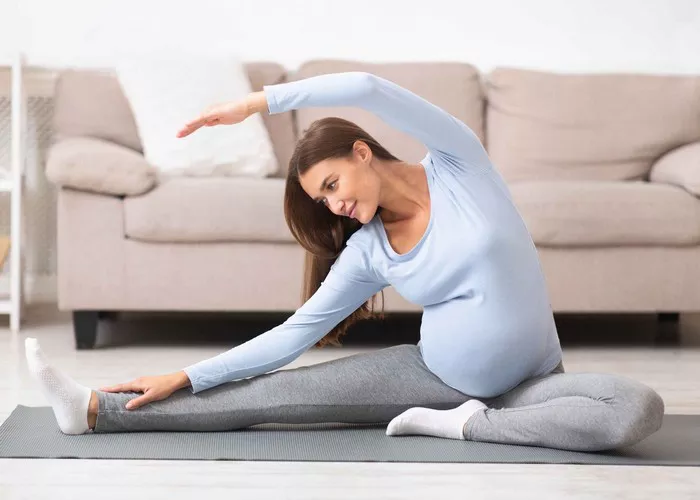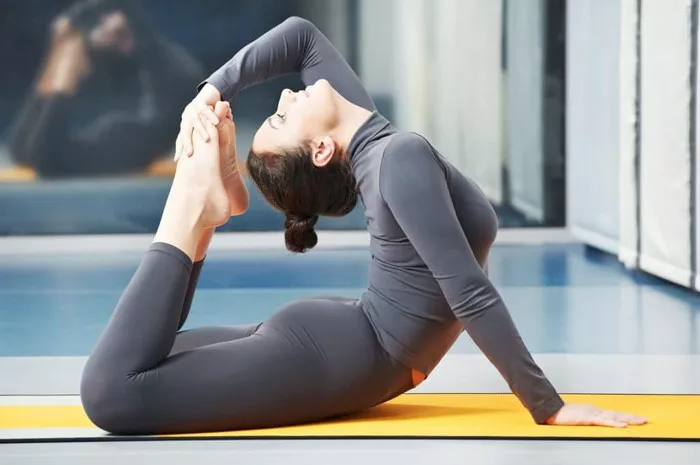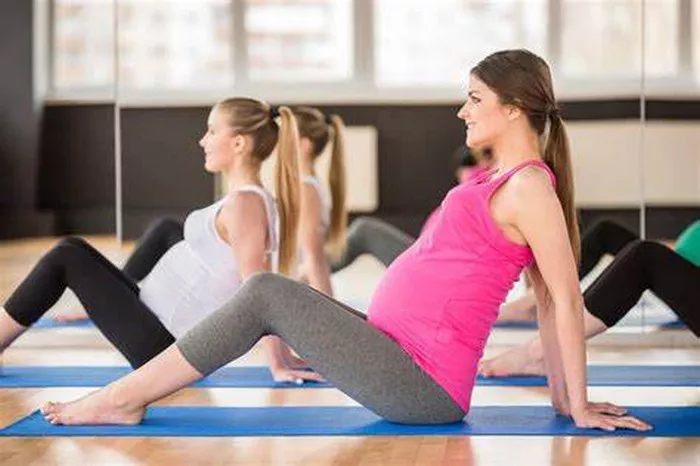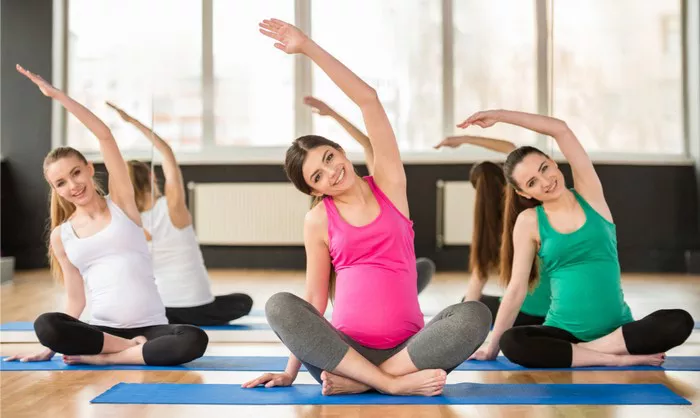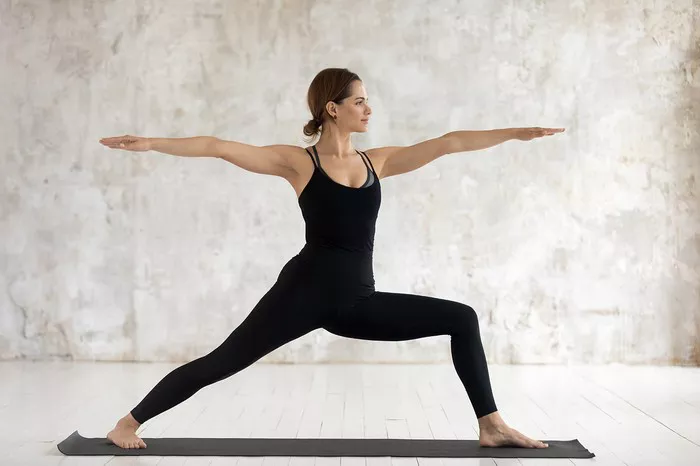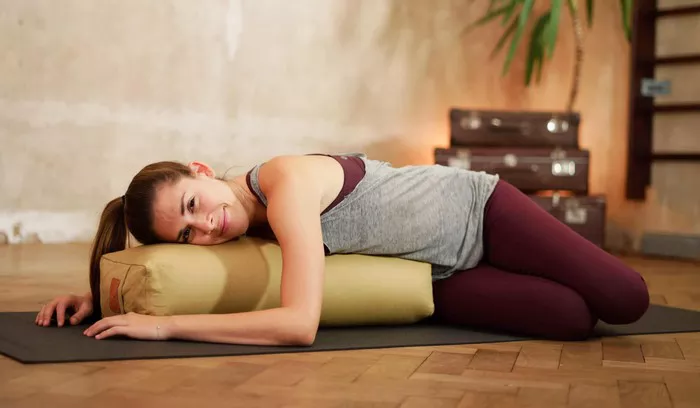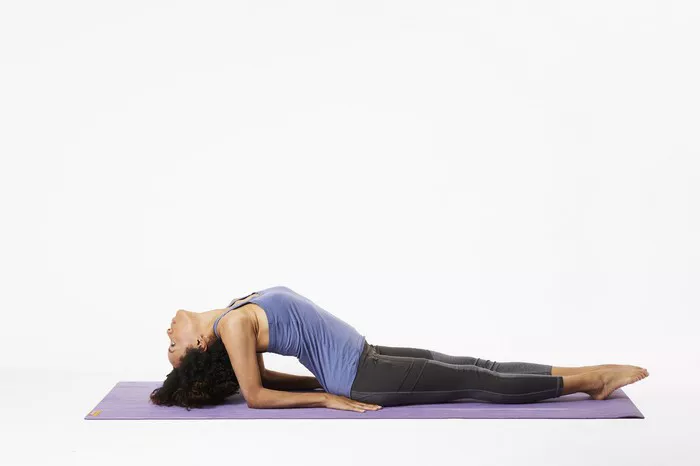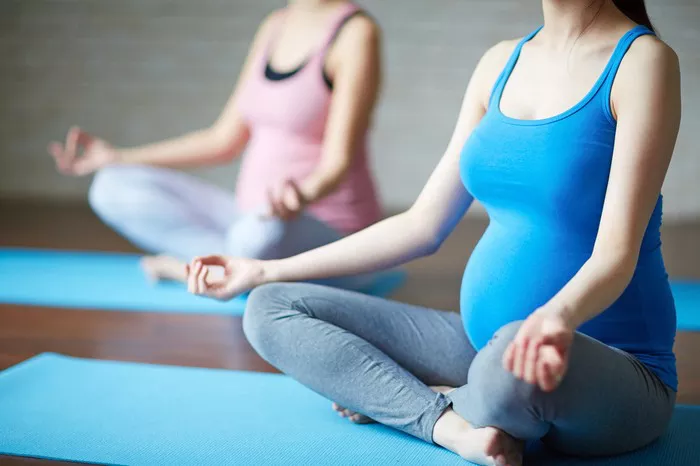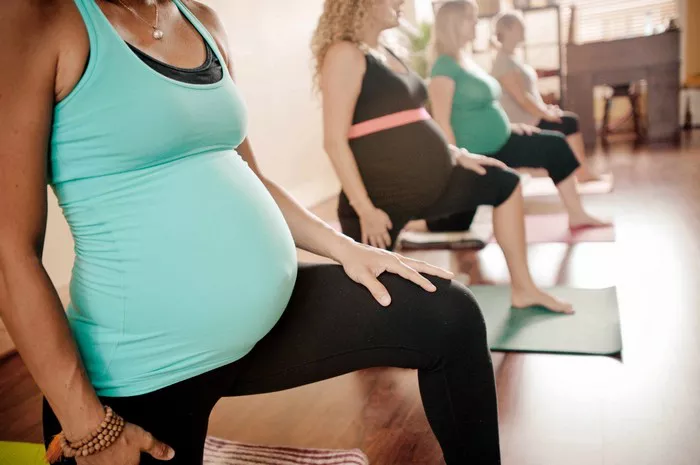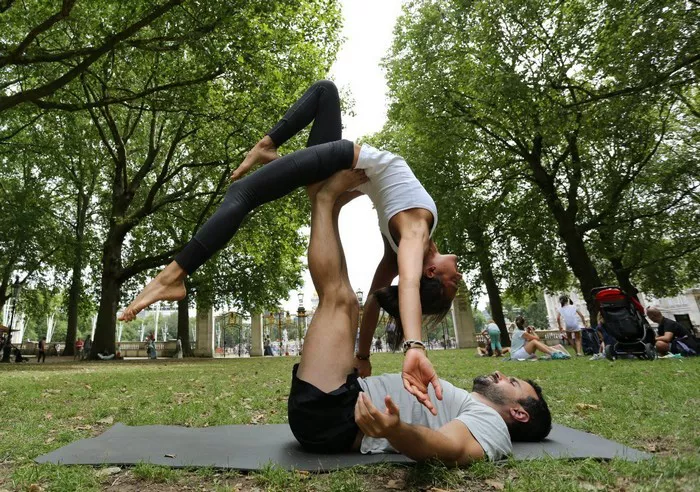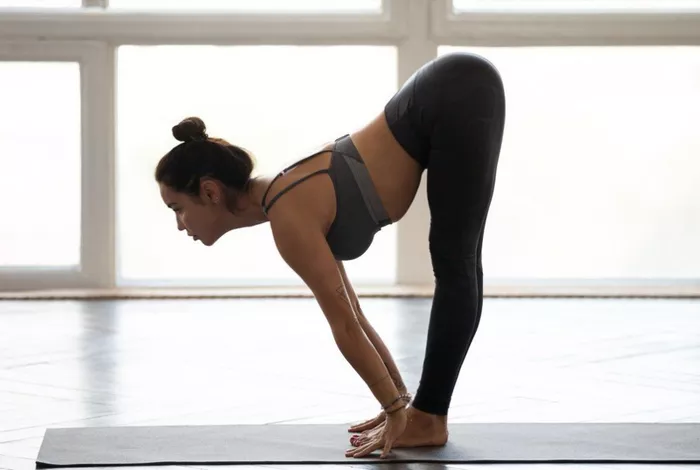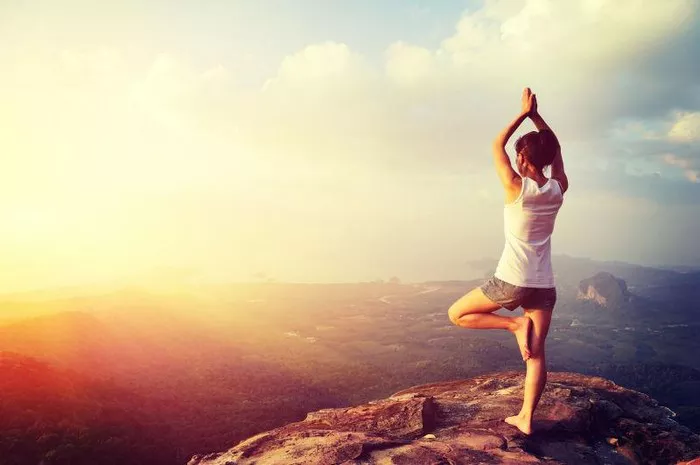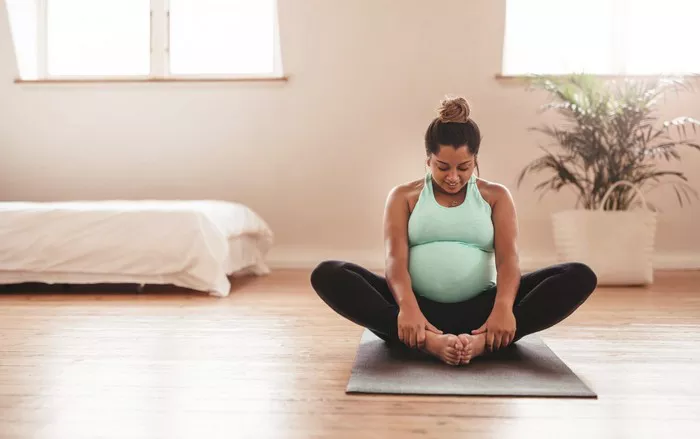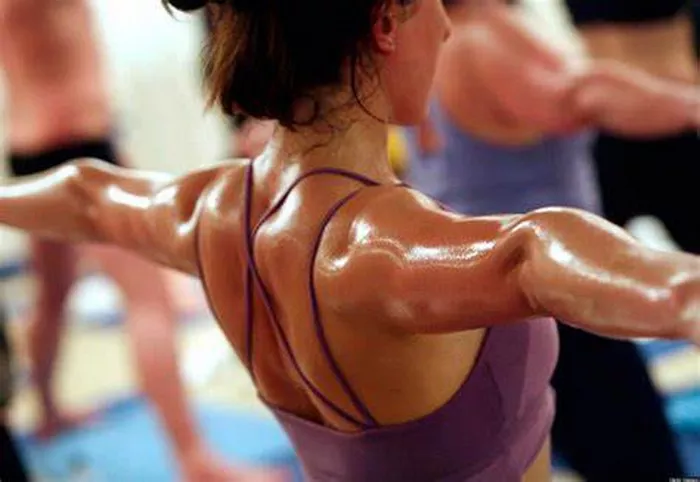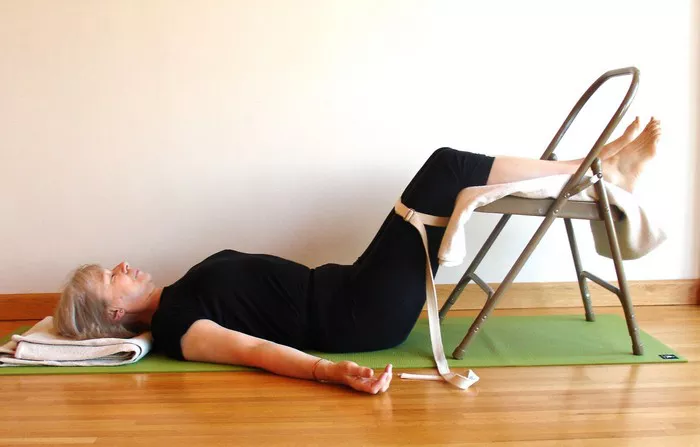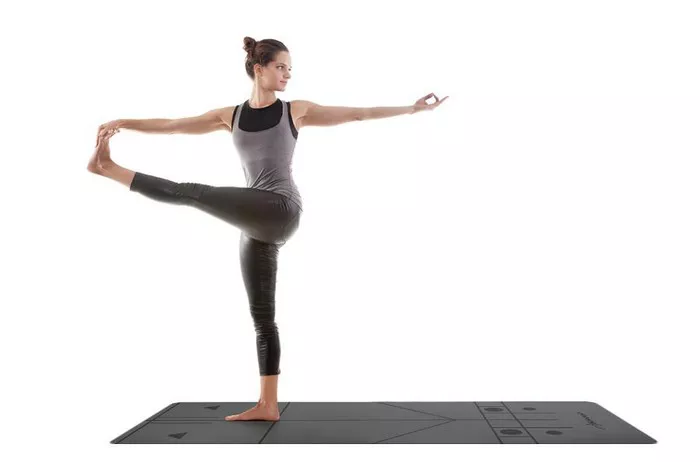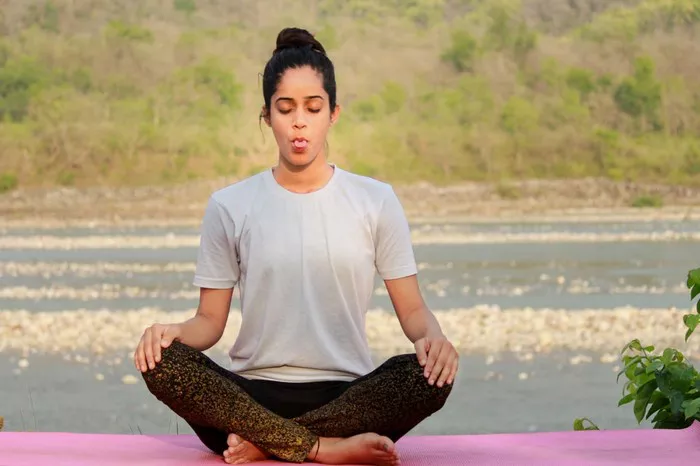Yoga has been practiced for thousands of years, helping people build strength, improve flexibility, and achieve mental clarity. As yoga has grown in popularity, its various poses have become accessible to people of all ages, fitness levels, and health conditions. Among the many foundational poses in yoga, the Cat-Cow pose (Marjaryasana-Bitilasana) stands out for its simplicity, accessibility, and numerous benefits. It is often recommended for warming up the spine, improving posture, and promoting flexibility in the back and neck.
However, as with all physical activities, some individuals may need to approach this pose with caution—or avoid it altogether. While the Cat-Cow pose can be beneficial for most people, there are certain individuals or conditions where it may not be suitable. In this article, we will explore who should not do the Cat-Cow pose, why it may not be ideal for them, and offer modifications or alternative poses that can help achieve similar benefits without the associated risks.
What is the Cat-Cow Pose?
Before delving into who should avoid the Cat-Cow pose, it’s important to understand what the pose entails. The Cat-Cow pose is a gentle, flowing movement that alternates between two positions:
Cow Pose (Bitilasana): In this position, you begin on your hands and knees, with your wrists aligned directly under your shoulders and your knees directly under your hips. As you inhale, you drop your belly toward the floor, arching your back and lifting your chest and tailbone towards the ceiling. Your gaze should be forward or slightly upward.
Cat Pose (Marjaryasana): From Cow Pose, you exhale and round your spine towards the ceiling, tucking your chin to your chest and drawing your belly button in toward your spine. Your tailbone tucks under, and your gaze is directed toward your navel.
These two positions are alternated with the breath, creating a dynamic flow that stretches the spine, improves flexibility, and enhances spinal alignment. The practice also helps massage the internal organs, promote circulation, and reduce stress.
Benefits of the Cat-Cow Pose
The Cat-Cow pose offers several benefits, including:
- Improved spinal flexibility: The gentle movement of the spine helps maintain its natural range of motion and can alleviate stiffness.
- Strengthening of the core: As you engage your core to control the movement of the spine, you build strength in your abdominal muscles.
- Enhanced posture: The pose encourages proper spinal alignment, which can improve posture over time.
- Stress relief: The rhythmic movement and focus on breath help reduce tension in the body and calm the nervous system.
- Massage of the internal organs: The fluid motion of the pose helps stimulate the digestive organs and promote circulation.
Despite these numerous benefits, the Cat-Cow pose is not suitable for everyone. Below, we will outline the individuals or conditions where caution should be exercised when practicing this pose.
1. Individuals with Severe Back Pain or Spinal Issues
While the Cat-Cow pose is often recommended to alleviate back pain, it may not be appropriate for everyone, particularly those with severe or chronic back conditions. The pose involves flexion and extension of the spine, which can exacerbate certain types of back issues, especially if there is already an underlying problem with the discs, vertebrae, or nerves.
Conditions to consider include:
- Herniated or Bulging Discs: When a disc in the spine is herniated or bulging, the movement in the Cat-Cow pose may cause further compression or irritation of the affected area. The flexion (rounding) and extension (arching) of the spine can place additional pressure on the discs, increasing pain or the risk of further injury.
- Spondylolisthesis: This condition involves a vertebra slipping out of its normal position, which can lead to instability in the spine. The movements in Cat-Cow could exacerbate the instability and cause further discomfort or injury.
- Osteoarthritis: Individuals with osteoarthritis in the spine may find the flexion and extension of the Cat-Cow pose too strenuous, leading to increased pain, stiffness, or inflammation.
Alternative Poses: For individuals with severe back pain or spinal issues, alternative poses that focus on stability and gentle movement may be more appropriate, such as:
- Child’s Pose (Balasana): A gentle resting pose that allows the spine to lengthen and relax without movement.
- Seated Forward Fold (Paschimottanasana): This pose gently stretches the lower back without excessive bending or arching.
2. Pregnant Individuals
Pregnancy brings a unique set of physical changes, including changes in the center of gravity, hormonal fluctuations that loosen joints, and the growing weight of the baby. For pregnant individuals, the Cat-Cow pose may pose some challenges, especially during the later stages of pregnancy.
- Pressure on the Abdomen: During pregnancy, especially as the baby grows, practicing deep back bending or belly dropping (as in Cow Pose) may create unnecessary pressure on the abdomen and could cause discomfort or even harm.
- Balance Issues: As pregnancy progresses, the growing belly can affect balance, making it more difficult to maintain stability in the hands and knees position.
Alternative Poses: Pregnant individuals may benefit from modified versions of the Cat-Cow pose or other poses that maintain spinal mobility without deep compression. Some alternatives include:
- Modified Child’s Pose: Using a cushion or block to support the abdomen can make Child’s Pose more comfortable during pregnancy.
- Standing Forward Fold (Uttanasana): Gentle forward bends with the feet hip-width apart and the knees slightly bent allow for a safe stretch of the back.
3. Neck Injuries or Chronic Neck Pain
The Cat-Cow pose involves a gentle movement of the neck, especially in Cow Pose where you tilt the head upward, and in Cat Pose, where you tuck the chin to the chest. However, for individuals with neck injuries or chronic neck pain, the range of motion in the neck may be limited, and these movements could exacerbate discomfort.
Conditions to consider include:
- Cervical Disc Issues: A herniated or degenerated disc in the cervical spine can make the movement of the head and neck painful. Arching or rounding the neck can place stress on the affected discs, leading to increased pain or stiffness.
- Neck Strain or Tension: Individuals with chronic neck strain or tension may find that the movement of the head during Cat-Cow worsens their symptoms.
Alternative Poses: Modifications to the Cat-Cow pose can help protect the neck, such as:
- Keep the head in a neutral position: Avoid tilting the head too far back or tucking the chin too deeply.
- Gentle Neck Stretches: Perform gentle neck stretches and movements, such as slow head tilts or rotations, to maintain mobility without strain.
4. Knee Injuries or Chronic Knee Pain
The Cat-Cow pose requires being on all fours, with the knees bearing some weight as the body moves through the pose. For individuals with knee injuries or chronic knee pain, this pressure may aggravate the condition or cause discomfort.
Conditions to consider include:
- Knee Ligament Injuries: If you have torn ligaments or tendons in the knee, such as in the case of an ACL injury, putting weight on the knees in the all-fours position can increase pain or delay recovery.
- Arthritis: Knee arthritis can cause inflammation and stiffness, making the pressure on the knees in Cat-Cow uncomfortable or painful.
Alternative Poses: Modifying the pose or opting for poses that reduce pressure on the knees may help, such as:
- Modified Child’s Pose: Use a cushion under the knees for support and reduce strain on the joints.
- Reclining Poses: Poses like Supta Baddha Konasana (Reclining Bound Angle Pose) can help stretch the hips and back without putting weight on the knees.
5. Individuals with Wrist Pain or Weakness
The Cat-Cow pose involves being on all fours with the hands supporting the body’s weight. For individuals with wrist pain or weakness, this may lead to discomfort or strain in the wrists.
Conditions to consider include:
- Carpal Tunnel Syndrome: This condition causes numbness, tingling, and pain in the wrists and hands. Putting weight on the wrists in Cat-Cow may aggravate symptoms.
- Wrist Sprains or Strains: Individuals recovering from a wrist injury may experience pain when bearing weight on the wrists.
Alternative Poses: To alleviate wrist strain, consider:
- Fist or Forearm Plank: Instead of placing the hands flat on the floor, try making fists or using forearms to support the body.
- Wrist-friendly poses: Modify other poses that require weight-bearing on the wrists, or use props to relieve pressure.
6. Individuals with Hip Injuries or Limitations
The Cat-Cow pose also engages the hip flexors and pelvis, especially when transitioning between arching and rounding the spine. If you have hip injuries or tightness in the hip region, performing this movement may exacerbate discomfort or hinder progress in your recovery.
Conditions to consider include:
- Hip Bursitis: Inflammation of the bursae in the hip joint can make the movement of the legs during the pose painful.
- Hip Labral Tears: A tear in the cartilage of the hip joint can cause pain during weight-bearing movements like those in Cat-Cow.
Alternative Poses: Consider poses that are gentler on the hips, such as:
- Reclining Poses: These allow the hips to remain supported, reducing strain while stretching the back and legs.
- Gentle Hip Openers: Poses like Supta Padangusthasana (Reclining Hand-to-Big-Toe Pose) can target the hip area without excessive strain.
Conclusion
The Cat-Cow pose is a highly effective yoga sequence that provides many benefits, such as improving flexibility, strengthening the core, and promoting better posture. However, it is not suitable for everyone. Individuals with severe back pain, pregnancy, neck or knee injuries, wrist pain, or hip issues may need to modify the pose or avoid it altogether. It’s important to listen to your body and consult a healthcare professional or experienced yoga instructor before attempting poses that may aggravate existing conditions. By practicing yoga mindfully and with the proper modifications, individuals can still enjoy the benefits of yoga while ensuring their safety and well-being.
Related Topics:

